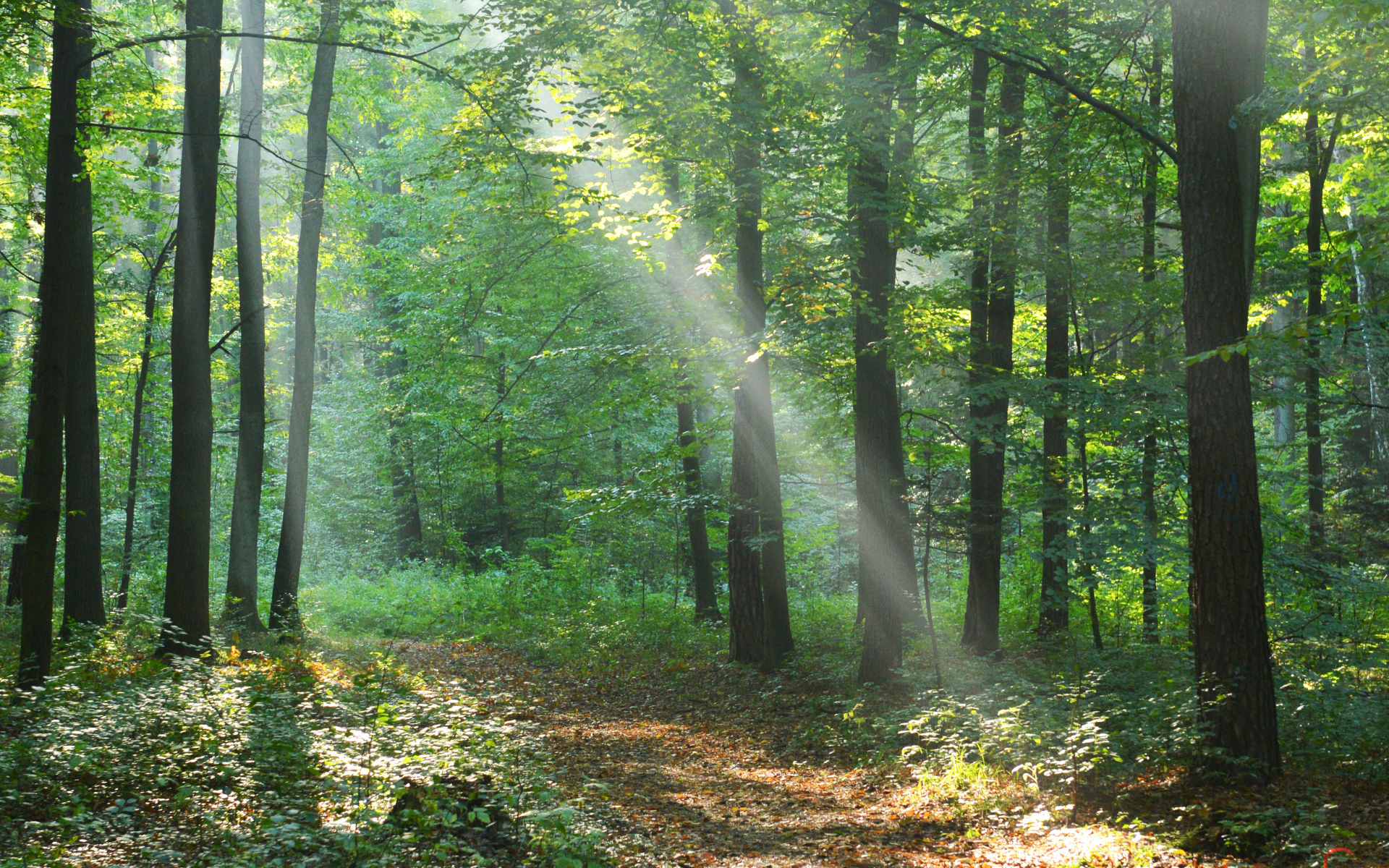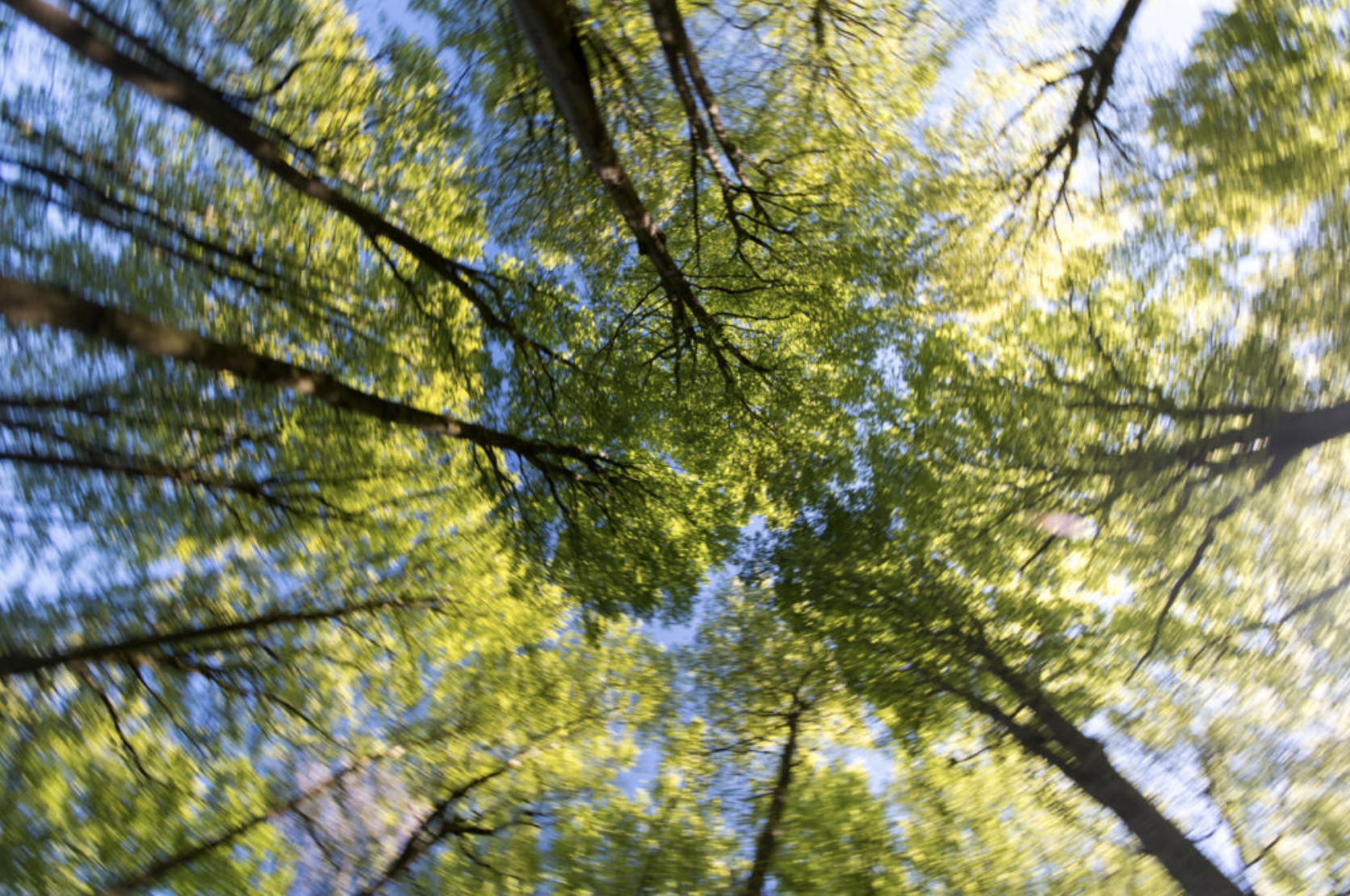Nature Immersion (Ecotherapy)
Functional Profile of
Nature Immersion (Ecotherapy
Nature immersion, also called ecotherapy, shinrin-yoku (forest bathing), or simply spending intentional time outdoors, is the practice of restoring balance through direct contact with the natural world. It has roots in Indigenous traditions worldwide and has been formalized in modern medicine through research on forest therapy, green space exposure, and ecopsychology. In terrain terms, nature immersion is most indicated for tension, excitation, and stress-related patterns of the nervous and endocrine systems, as well as for stagnation and congestion in circulation and mood. By engaging the senses with natural rhythms, fresh air, sunlight, bird song, and earth contact, it regulates stress responses, restores circadian balance, and nourishes depleted reserves.
-
👉Qualities describe the felt nature of a substance or practice, and how it acts in the body beyond nutrients or chemistry.
Calming – Nature immersion quiets mental agitation and reduces nervous system overactivation.
Stabilizing – It steadies emotional reactivity, lowering stress hormone fluctuations.
Grounding – Direct connection with natural elements fosters a sense of rootedness and presence.
Expansive – Open landscapes and natural beauty encourage relaxation, creativity, and emotional flow.
Moistening / Refreshing – Humidity, fresh oxygen, and greenery soften dryness and invigorate the senses.
-
Forest Bathing (Shinrin-yoku) – Walking slowly in wooded areas while engaging the senses.
Parks & Green Space Visits – Spending restorative time in nearby gardens, parks, or natural settings.
Grounding (Earthing) – Direct skin contact with soil, grass, sand, or water.
Nature-Based Rituals – Gardening, outdoor prayer, meditation, or seasonal rituals.
Sunlight Immersion – Intentional exposure to morning or daytime light to reset circadian rhythms.
-
Activates the parasympathetic nervous system via natural sensory inputs.
Reduces cortisol and adrenaline, improving stress resilience.
Increases natural killer (NK) cell activity and immune balance through exposure to phytoncides (plant aerosols).
Enhances serotonin and dopamine release, improving mood and motivation.
Supports circadian rhythm entrainment via natural light cycles.
Improves heart rate variability (HRV), an indicator of cardiovascular and nervous system health.
Indicated Patterns by Affinity
👉 Indicated patterns describe the functional state of the body and its organs and/or tissues, showing whether they are dry, atrophied, too damp (pressure), stagnant, lax, inflammed, sluggish, tense or underactive. The Primary Indicated Pattern is the main state where this remedy works best. Secondary Indicated Pattern(s) are the patterns that often develop over time when the primary state is left unaddressed. The primary pattern must be supported first, as this allows the secondary patterns to naturally ease or resolve.
👉Affinities are the organ systems and tissues where the remedy acts most strongly.
-
Excitation / Tension (Primary Indicated Pattern) – Overactive stress and reactivity in mind and body. Examples: anxiety, irritability, insomnia, overstimulation.
The multisensory calm of nature reduces sympathetic nervous system activity and enhances parasympathetic tone.
-
Excitation / Stress Overload (Primary Indicated Pattern) – Elevated cortisol and adrenal strain. Examples: burnout, chronic fatigue, immune stress reactivity.
Repeated exposure reduces cortisol levels, stabilizes adrenal activity, and builds resilience.
-
Congestive / Stagnation (Primary Indicated Pattern) – Sluggish blood flow, vascular stress. Examples: elevated blood pressure, heaviness, lack of circulation from sedentary states.
Movement in natural spaces promotes circulation, lowers blood pressure, and increases vascular flexibility.
-
Hyporesponsive / Weakness (Secondary Indicated Pattern) – Frequent infections or low immune resilience. Examples: susceptibility to colds, allergies aggravated by stress.
Exposure to phytoncides and microbial diversity strengthens immune regulation and lowers inflammation.
-
Hypometabolic + Dryness/Atrophy (Primary Indicated Pattern) – Cold-dry terrain where circulation and metabolic warmth are low, leaving the skin pale, undernourished, and flaky.
Examples: winter dryness, low vitamin D states, sluggish peripheral circulation.Sunlight exposure stimulates vitamin D synthesis, enhances peripheral blood flow, and gently warms and nourishes skin tissues, restoring tone and resilience.
-
👉 Medicinal actions describe the specific ways a food influences organ systems and body functions.
Nervous System
Anxiolytic – Reduces anxiety and agitation.
Sedative / Relaxant – Promotes deep relaxation and better sleep.
Mood Enhancer – Elevates mood by stimulating serotonin and dopamine pathways.
Endocrine & Stress Axis
Cortisol-Regulating – Lowers stress hormones with repeated practice.
Circadian Regulator – Resets sleep-wake rhythms through light exposure.
Restorative / Rebuilding – Supports adrenal recovery from depletion.
Circulatory System
Cardiovascular Tonic – Improves circulation, lowers blood pressure, strengthens heart rate variability.
Circulatory Stimulant – Encourages healthy vascular movement during walking or gentle activity.
Immune System
Immunomodulant – Supports balance between over- and under-reactivity.
Anti-inflammatory – Decreases systemic inflammation via stress regulation and phytoncide exposure.
Integumentary System
Vitamin D Stimulator – Promotes natural vitamin D synthesis through sunlight.
Skin Vitalizer – Enhances skin tone, moisture, and resilience.
-
2nd Degree – Gentle but profound systemic regulation with regular practice.
-
Generally very safe.
Environmental factors (allergens, pollution, extreme heat/cold) may limit tolerance for some individuals.
Trauma associations with outdoor spaces may require adaptation (guided immersion or safe spaces).
-
Antonelli, M., Barbieri, G., & Donelli, D. (2019). Effects of forest bathing (shinrin-yoku) on levels of cortisol as a stress biomarker: A systematic review and meta-analysis. International Journal of Biometeorology, 63(8), 1117–1134. https://doi.org/10.1007/s00484-019-01717-x
Hansen, M. M., Jones, R., & Tocchini, K. (2017). Shinrin-yoku (forest bathing) and nature therapy: A state-of-the-art review. International Journal of Environmental Research and Public Health, 14(8), 851. https://doi.org/10.3390/ijerph14080851
Li, Q. (2010). Effect of forest bathing trips on human immune function. Environmental Health and Preventive Medicine, 15(1), 9–17. https://doi.org/10.1007/s12199-008-0068-3
Li, Q. (2018). Forest bathing: How trees can help you find health and happiness. Penguin Life.
Park, B. J., Tsunetsugu, Y., Kasetani, T., Kagawa, T., & Miyazaki, Y. (2010). The physiological effects of Shinrin-yoku (taking in the forest atmosphere or forest bathing): Evidence from field experiments in 24 forests across Japan. Environmental Health and Preventive Medicine, 15(1), 18–26. https://doi.org/10.1007/s12199-009-0086-9
Oh, B., Lee, K. J., Zaslawski, C., et al. (2017). Health and well-being benefits of spending time in forests: Systematic review. Environmental Health and Preventive Medicine, 22(1), 71. https://doi.org/10.1186/s12199-017-0677-9
Kuo, M. (2015). How might contact with nature promote human health? Promising mechanisms and a possible central pathway. Frontiers in Psychology, 6, 1093. https://doi.org/10.3389/fpsyg.2015.01093
Tani, T., & Takayama, N. (2020). Effects of forest bathing on skin barrier function: A randomized controlled trial. Skin Research and Technology, 26(6), 831–838. https://doi.org/10.1111/srt.12884
Barton, J., & Pretty, J. (2010). What is the best dose of nature and green exercise for improving mental health? A multi-study analysis. Environmental Science & Technology, 44(10), 3947–3955. https://doi.org/10.1021/es903183r
Frumkin, H., Bratman, G. N., Breslow, S. J., et al. (2017). Nature contact and human health: A research agenda. Environmental Health Perspectives, 125(7), 075001. https://doi.org/10.1289/EHP1663



